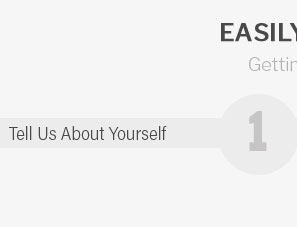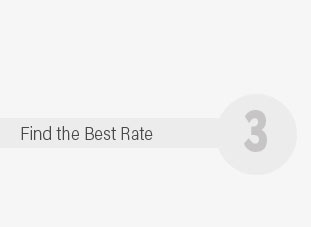 |
 |
 |
|---|
 |
 |
 |
 |
|---|
 |
 |
 |
 |
 |
 |
|---|

How to Explain Life Insurance to Friends and FamilyUnderstanding the Basics of Life InsuranceLife insurance can be a complex topic, but breaking it down into simple terms can make it easier to understand. At its core, life insurance is a contract between an individual and an insurance company, where the insurer promises to pay a designated beneficiary a sum of money upon the insured person's death. This financial product is designed to provide peace of mind and financial security to loved ones in the event of an unexpected death. Types of Life InsuranceThere are several types of life insurance policies available, each with its own benefits and drawbacks.
Key Features of Life Insurance PoliciesWhen explaining life insurance, it is important to highlight some key features that potential policyholders should be aware of. Premiums and Death BenefitPremiums are the payments made to the insurance company to maintain coverage. The death benefit is the amount paid to beneficiaries when the insured passes away. It's crucial to choose a policy with premiums that fit your budget while ensuring adequate death benefit coverage. Riders and ExclusionsRiders are additional benefits or options that can be added to a policy, such as critical illness coverage or accidental death benefits. It's also essential to understand exclusions, which are specific situations where the insurer may not pay out the death benefit. Who Needs Life Insurance?Life insurance is not a one-size-fits-all product, and the need for it varies based on individual circumstances. Generally, anyone with dependents or significant financial obligations should consider purchasing a policy. This includes parents, homeowners, and business owners. If you're considering life insurance without physical exams, it may be a suitable option for those seeking quick and convenient coverage. Choosing the Right Life Insurance PolicySelecting the right life insurance policy involves assessing your financial needs, understanding different policy types, and comparing quotes from multiple insurers. It may also be beneficial to consult with a financial advisor to tailor a policy to your specific needs. For older adults, senior care life insurance can offer peace of mind by covering final expenses and providing a financial legacy for loved ones. FAQs About Life Insurance
https://www.newyorklife.com/resources/life-insurance-101
Life insurance is an agreement between you and your insurance company. You make regular payments, called premiums, and the insurance company pays your ... https://www.nerdwallet.com/article/insurance/how-does-life-insurance-work
Life insurance covers the life of the insured person. The policyholder, who can be a different person or entity from the insured, pays premiums ... https://www.aflac.com/resources/life-insurance/what-is-life-insurance.aspx
Life insurance is a financial product that helps protect your beneficiaries if you pass away by paying them a lump sum. In exchange, you pay regular premiums to ...
|
|---|